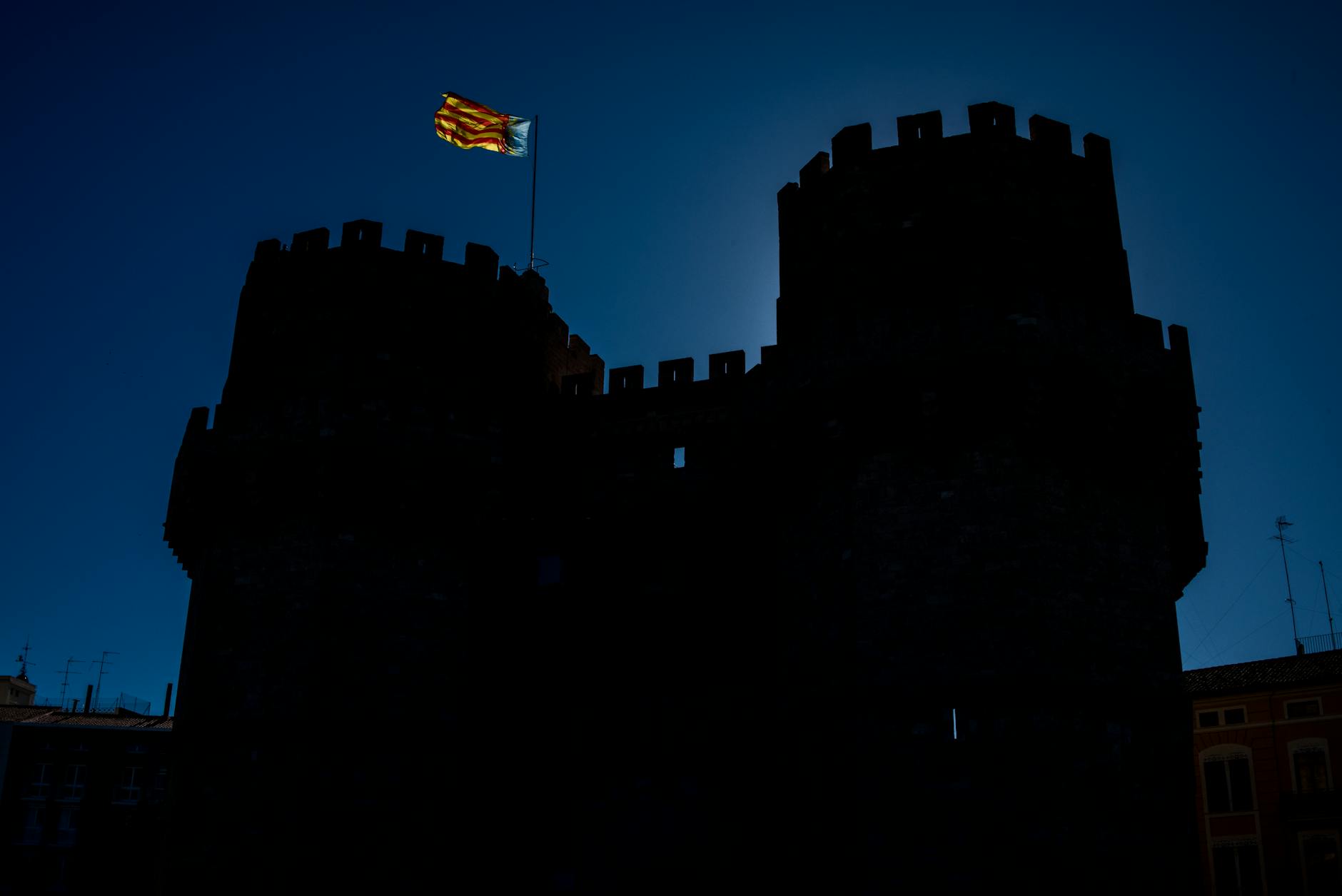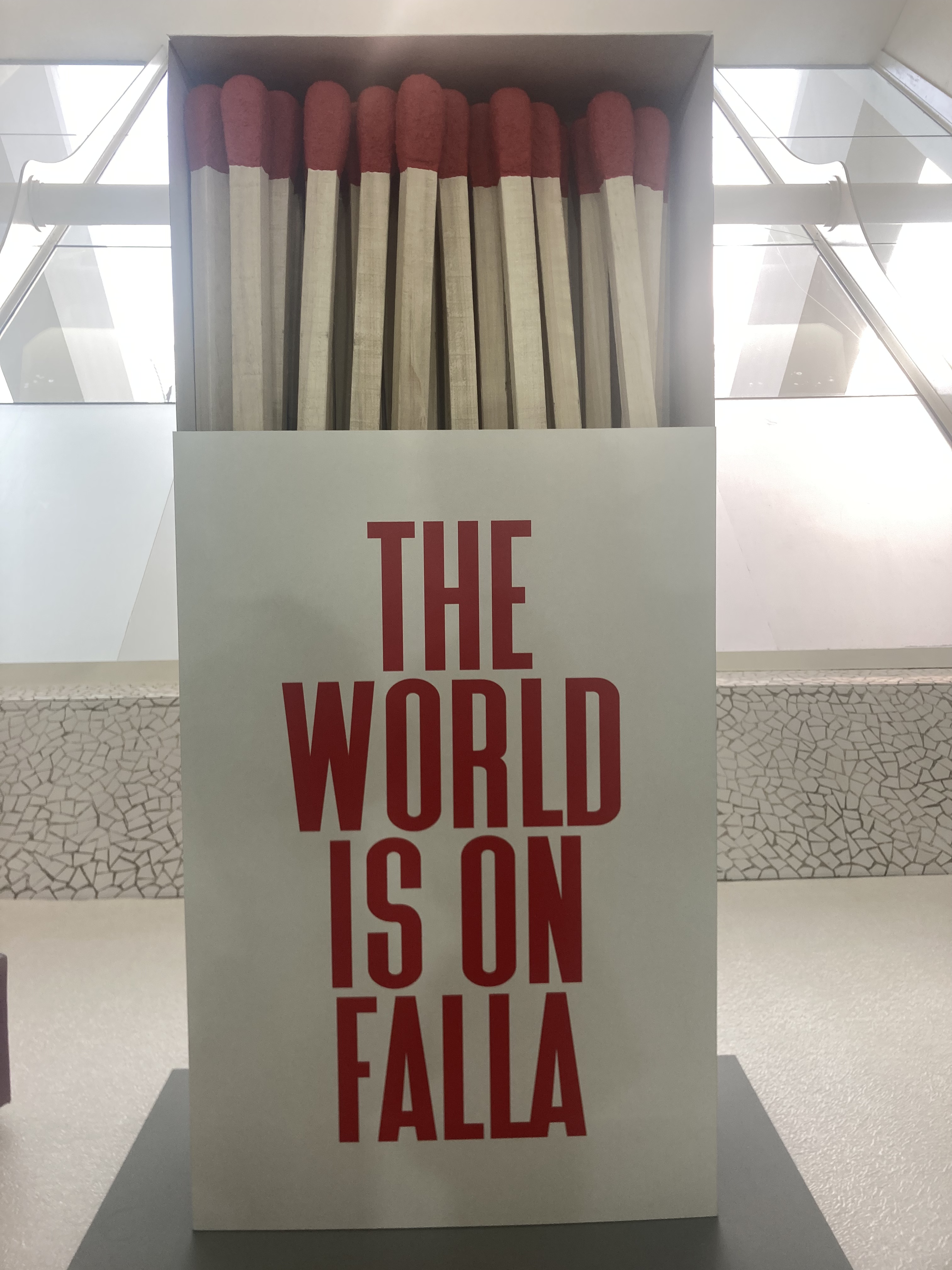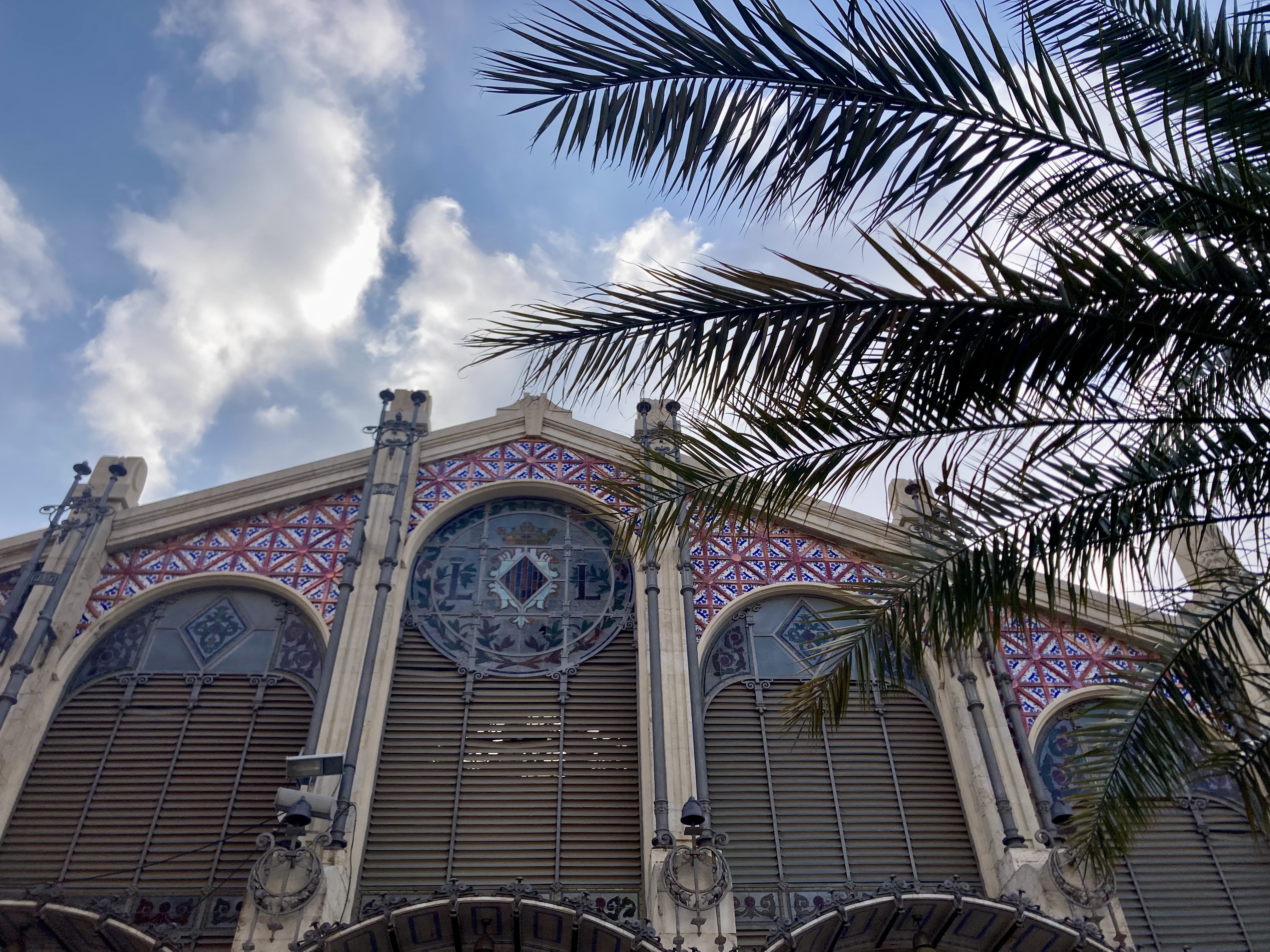La Crida: The Official Kickoff to Fallas
Valencia’s Fallas celebrations officially begin with La Crida—or “The Call to Fallas”—a vibrant event held on the last Sunday of February. This is a spectacle of music, fireworks, and beloved tradition as the city comes alive for its big spring festival. The Wake-Up Call The festivities begin early—very early. At 7:30 AM, the despertà parade…



